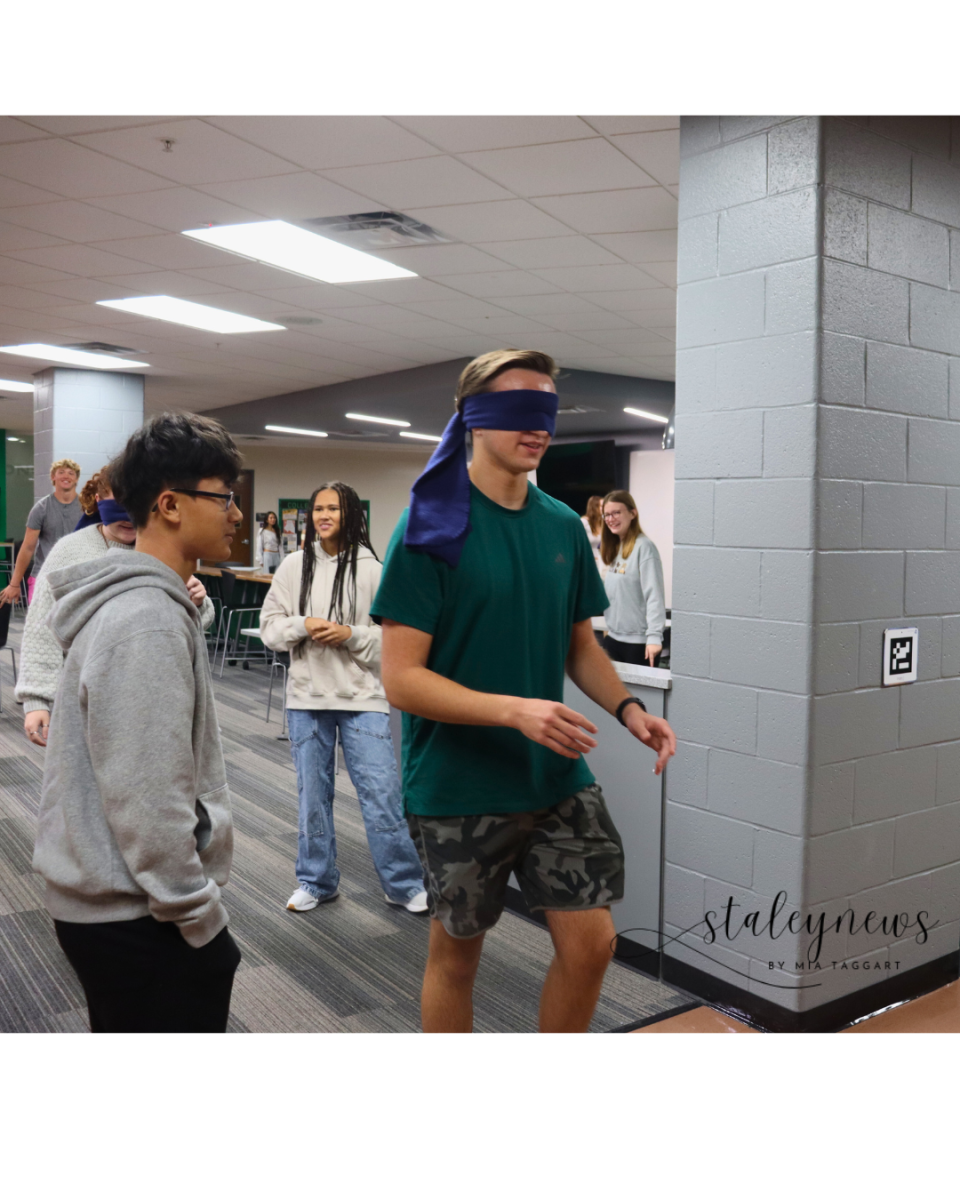Does Class Size Really Matter?
January 4, 2017
Does class size matter? That’s a common question that teachers, parents, and students ask, many of whom agree that having too many students in class affects the outcome of students learning and that classes with fewer students have higher test scores.
Missouri’s state legislators, along with 39 other states, have set forward that starting in the fall of 2017 there are reductions to numbers of student allowed in class. According to Seattle Times, the average amount of students from kindergarten to third grade has to be below 17 kids. If the average class is larger than 17, schools will be required to add another class to lower the student-teacher ratio to 17-1. Lower ratios are required for younger students because they need more one on one time.
Pushing for grades 4th-12th to not allow classes to be greater 25 starting in the fall of 2017, but might not go into effect until 2018. The idea was proposed on the Nov. 8 Ballot for in Jefferson City, with Missouri being the 33rd state to propose this idea.
Studies done by Tennessee University have shown that students tend to behave better and pay more attention to smaller groups. Students tend to act more behaved when the number of students in the classroom is lower because they can’t sit in the back of the classroom causing disruption with their friends. Teachers are able to spend more time helping individual students and able to get more students involved with in class activities.
Researchers generally agree that lower class sizes, at least in the earliest grades, are linked to positive educational benefits such as better test scores, fewer dropouts, and higher graduation rates, especially for children with disabilities such as dyslexia. So, doing such things like hiring more teachers and creating more classrooms outweighs the extra costs.


























